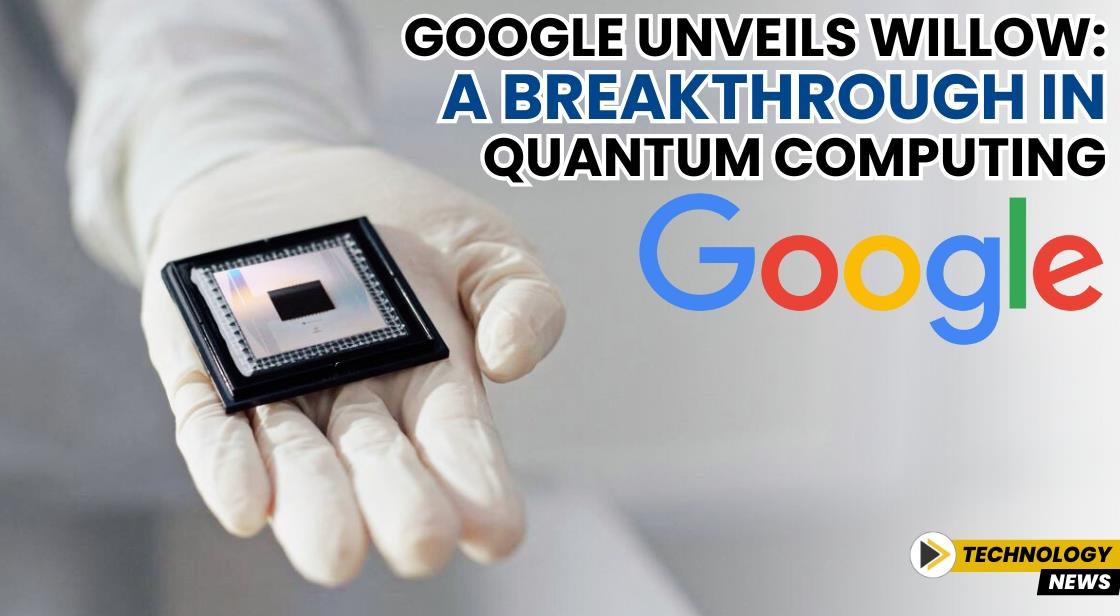Google Unveils Willow: A Breakthrough in Quantum Computing

News Synopsis
Researchers at Google have introduced the Willow quantum computing chip, marking a revolutionary step in computing. Leveraging the principles of quantum mechanics, Willow aims to surpass classical and even supercomputers. Here’s everything you need to know:
What is Quantum Computing?
Quantum computing is a branch of computer science that uses the principles of quantum mechanics to solve problems that are beyond the capabilities of classical computers.
-
Classical Computing: Relies on bits that represent either 0 or 1.
-
Quantum Computing: Uses quantum bits, or qubits, which can exist as 0, 1, or both simultaneously through a phenomenon called superposition.
Additionally, qubits can interact in unique ways through entanglement, enabling them to represent multiple states, such as 00, 01, 10, and 11, simultaneously. These properties allow quantum computers to address complex problems more efficiently than classical supercomputers.
Introducing Google’s Willow Chip
The Willow chip is Google’s latest quantum computing breakthrough. It signifies a major step toward creating practical, commercially viable quantum computers.
How the Willow Chip Works
Google’s quantum systems, including Willow, use superconducting transmon qubits. These are tiny electrical circuits engineered to behave like artificial atoms in a quantum state.
-
Cooling: Qubits are maintained at temperatures just above absolute zero to preserve their delicate quantum states and reduce computational errors caused by external disturbances.
Key Advancements in the Willow Chip
Willow brings several innovations to quantum computing:
-
Enhanced Qubit Connectivity: Improved connections between qubits enable more sophisticated quantum operations.
-
Reduced Error Rates: Advances in error reduction make the system more reliable, a critical step in quantum computing development.
Quantum Computing vs. Classical Computing
Google tested Willow using a benchmark known as random circuit sampling, a task designed to showcase quantum superiority.
-
Willow completed the task in under 5 minutes, a feat that Google claims would take the world’s fastest supercomputer 10 septillion years to accomplish.
Potential Applications of Quantum Computing
Quantum computers powered by chips like Willow hold immense promise across industries:
-
Drug Discovery: Modeling molecular interactions for advanced drug development.
-
Materials Science: Creating materials with enhanced capabilities.
-
Financial Modeling: Developing highly accurate financial predictions.
-
Artificial Intelligence: Enhancing machine learning algorithms for faster and more efficient AI solutions.
Conclusion
Google’s Willow chip represents a giant leap forward in quantum computing, setting the stage for transformative applications across various fields. Its ability to outperform classical supercomputers highlights the potential for a quantum revolution in science, technology, and industry.
You May Like









